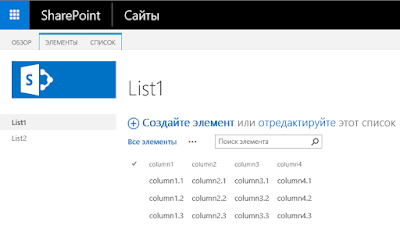To work with C#(CSOM), use namespace (reference) Microsoft.SharePoint.Client.
static void Main(string[] args)
{
ClientContext cxt = new ClientContext("http://sp-test/sites/test");
List list = cxt.Web.Lists.GetByTitle("Documents");
cxt.Load(list);
cxt.Load(list.RootFolder);
cxt.Load(list.RootFolder.Folders);
cxt.Load(list.RootFolder.Files);
cxt.ExecuteQuery();
FolderCollection folders = list.RootFolder.Folders;
foreach (Folder folder in folders)
{
if ((folder.Name != "Forms")&(folder.Name == "Special Documents"))
{
cxt.Load(folder.Files);
cxt.ExecuteQuery();
FileCollection fileCol = folder.Files;
foreach (Microsoft.SharePoint.Client.File file in fileCol)
{
string ServerRelativeUrl = file.ServerRelativeUrl;
DownloadFiles(ServerRelativeUrl);
}
}
}
}
public static void DownloadFiles(string ServerRelativeUrl)
{
ClientContext clientContext = new ClientContext("http://sp-test/sites/test");
Web web = clientContext.Web;
Microsoft.SharePoint.Client.File filetoDownload = web.GetFileByServerRelativeUrl(ServerRelativeUrl);
clientContext.Load(filetoDownload);
clientContext.ExecuteQuery();
var fileRef = filetoDownload.ServerRelativeUrl;
var fileInfo = Microsoft.SharePoint.Client.File.OpenBinaryDirect(clientContext, fileRef);
var fileName = Path.Combine(@"C:\Temp\Document", (string)filetoDownload.Name);
using (var fileStream = System.IO.File.Create(fileName))
{
fileInfo.Stream.CopyTo(fileStream);
}
}
Happy Coding!












